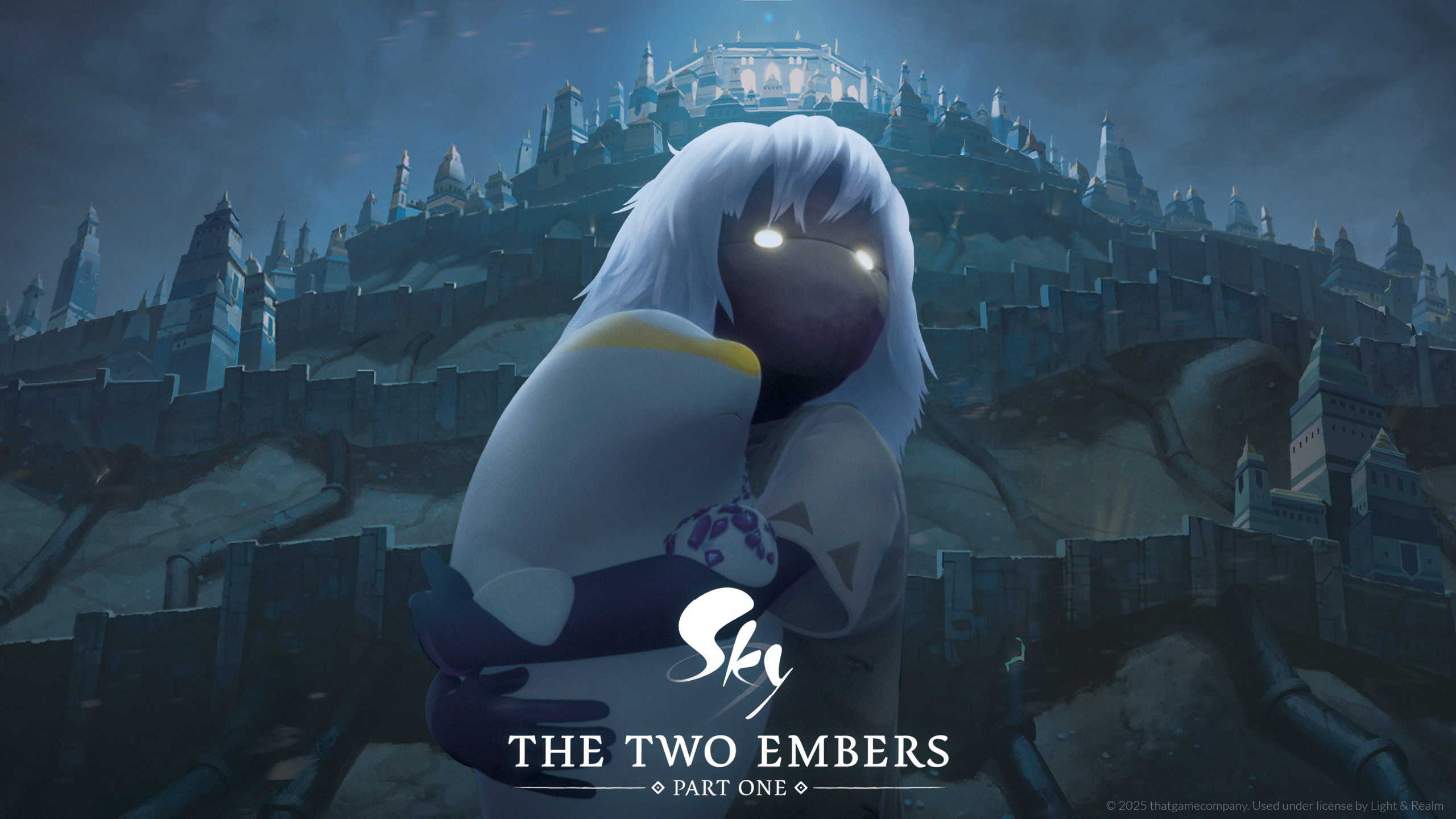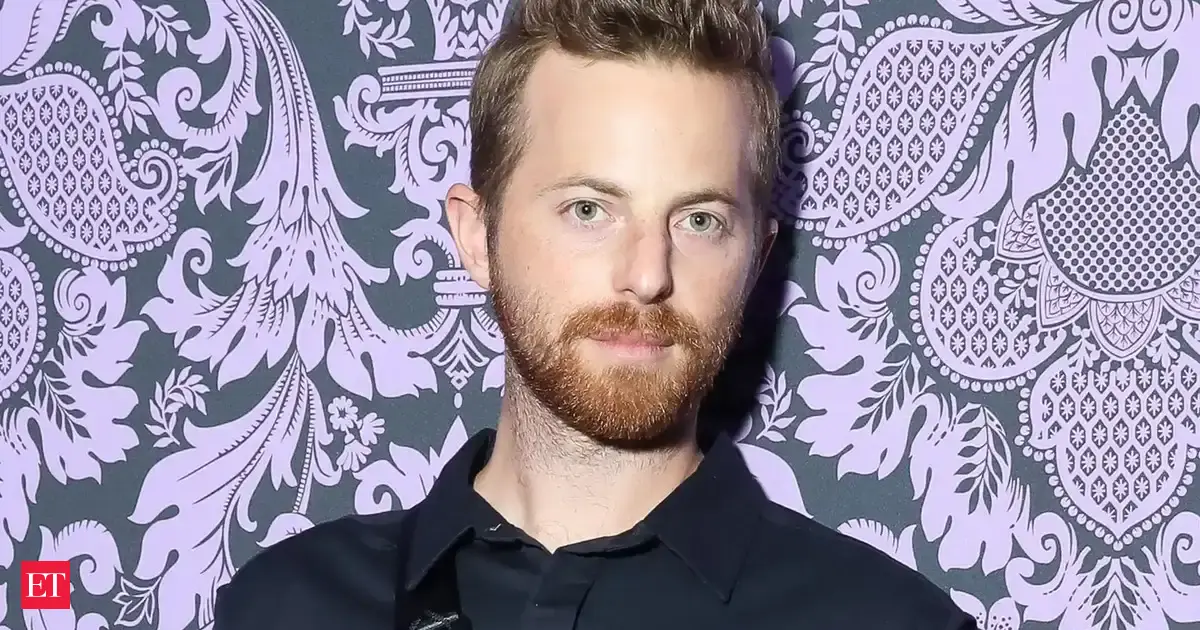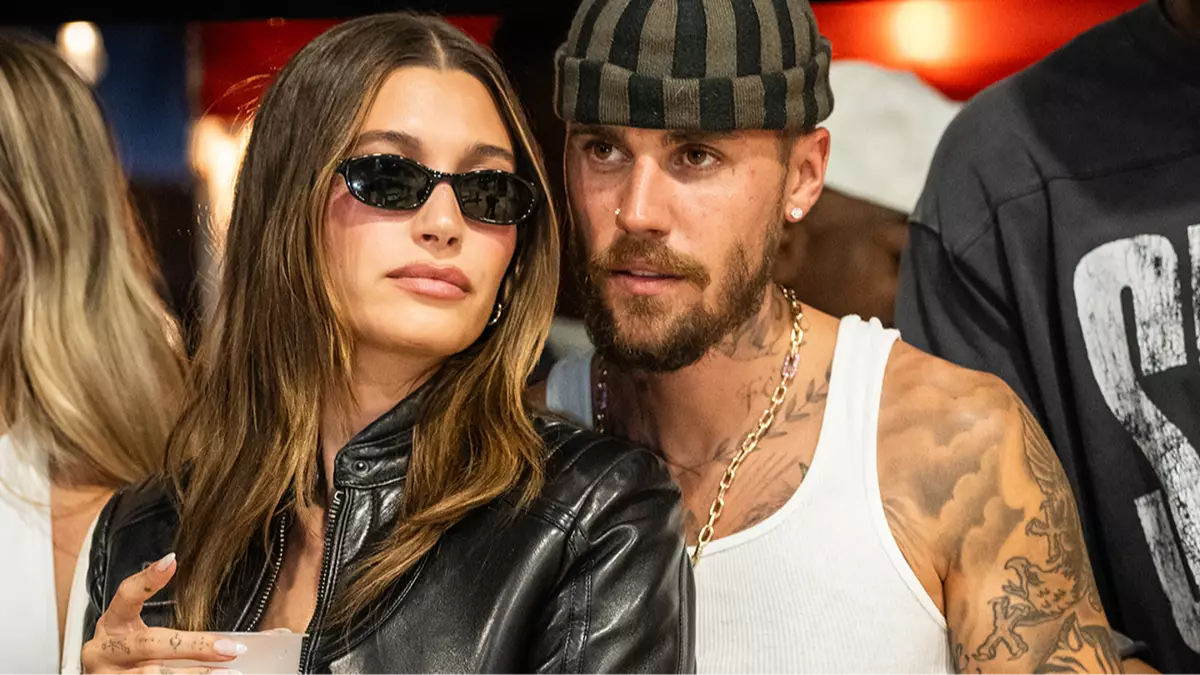By Luis Gutierrez
Copyright shacknews

How do you honor one’s memory while not giving into the darkness? That was a question asked while watching thatgamecompany’s short film Sky: The Two Embers – Part 1, which is based on Sky: Children of the Light, which was released in 2019. This is a fitting message considering that the game primarily uses light to guide players throughout their journey. The film primarily follows a young girl who is often referred to as The Child/The Orphan. As the latter name implies, she’s all alone and has no one to look after her as she learns to navigate the world.
Even though the emotional tone of the film was set almost immediately, I wasn’t expecting to connect with this character as much as I did. With a lack of financial and emotional support, The Child has been dealt not the best cards in life, and yet she still decides to be kind to people and see the light in them, even if it’s not something she gets in return.
Though it was nerve-wracking to worry about anything other than The Child, a dual narrative is taking shape and growing within the film. In Sky, the city where the film takes place, sickness is seen spreading like an epidemic. In the film’s first act, a handful of scenes show how this affects not only the cityfolk but the world around them, with both animals and people suffering alike. That lays the foundation for what viewers can expect as the movie continues.
Once both narratives have been established, the film takes an even more personal approach with The Child. Due to a fun series of events, she finds a baby manatee alone and suffering from the sickness previously mentioned, which in many ways reflects her. In the sense that even though they both are surrounded by people, they’re largely ignored and are left to fend for themselves.
As Sky: The Two Embers – Part 1 continues, we see the two get closer and bond with one another as she nurses it back to health. This is where many heartfelt moments come into play because it reflects what it feels like to nurture the first pet you might have had as a child. This stirred up so many conflicting emotions within me, like hope and heartbreak. Not only did The Child finally find a friend, but someone to lean on and smile with. This plot point shows just how kind and giving The Child is, because to look at a small animal who doesn’t understand why the world is the way it is, and wanting to help despite needing help yourself, is what many of the townfolk around her need to learn.
One of the challenges the movie faces is that no one speaks in it. We do often hear them grunt, but that’s as far as vocalization goes, and it makes sense when you consider that none of the people in the film have mouths. They get around that through body language, visual storytelling, and music, and it creates something rather unique and captures many of the core elements one should be feeling in a specific scene.
It became apparent that the animation studio behind Sky: The Two Embers – Part 1 had taken inspiration from other films, such as The Wild Robot and various movies created by Studio Ghibli. This is reflected by how nature and the world around The Child appear. Every grain of sand looks as colorful as the last, and every droplet of water looks like it’s exactly what you need on a hot summer’s day. To further build off of this, similar to those studios and movies, nature has a big presence in the film, and it’s treated as a character within itself. This is shown in the ways previously mentioned, and it shows how the people of Sky drain light from nature and how it damages the ecosystem around them.
As the film enters the second act, this becomes extremely prevalent because Sky: The Two Embers – Part 1 steps away from its bright and cheerful tone and becomes much more grim and darker. This is predominantly due to the darkness invading the city and causing the light to fade. As chaos unfolds and the city dives into madness, we’re given glimpses of the city soldiers draining the life from what little of nature is left (i.e., the animals) to fuel the lights. This begs a question: “Who really is the monster in this story? Is it the darkness, or is it the people that are hurting nature to try and save themselves?” It’s a challenging question because once you really stop to think about it, there’s no wrong answer.
In the midst of all the chaos, The Child’s adorable pet manatee is murdered in cold blood by the city soldiers for no apparent reason. This is where the core of the story really starts to shine. Throughout the film, we follow this young girl, and given everything that life has dealt her, she is still a ray of light and sees the good in people. But due to this tragic event, it becomes harder for her to see the light, and she is consumed by darkness. This led her to want to seek vengeance and inflict the pain she felt on those who caused her to feel this way.
As The Child gets close to carrying out her mission, she’s given a chance to relive a core memory that she shared with manatee, and that’s where the question is proposed. How do you honor one’s memory while not giving into the darkness? After much thought, The Child comes to the conclusion that the answer is to give to others. It can often be easy to want to hurt or inflict pain, but a healthy way to heal is by living a life that that person or animal would have wanted you to live, rather than doing something that may inflict harm on others.
This is exactly what The Child does because even though the city is under siege and darkness surrounds them, by the second act, she decides to show them the importance of candles and shares her light with everyone else, even those who are sick. In this moment of further darkness, she becomes a light of hope for others to look at, and the story ends on an optimistic note, showing the importance of looking after one another and doing the right thing, even if it’s hard to do.
The ending felt satisfying for those who played Sky: Children of the Light because, more or less, the main goal is to help spread the light and give back to those who may not be able to look after themselves.



